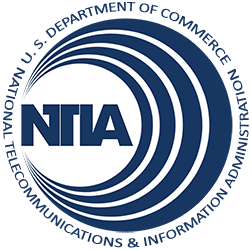University of Arkansas System
The University of Arkansas plans to deploy a new middle-mile fiber network across every county in the state
that will extend, integrate, and enhance the capabilities of two major community-serving networks already in
existence across 42 economically distressed and underserved counties in the Mississippi Delta region of
Arkansas: the Arkansas Telehealth Oversight & Management (ATOM) Network and the Arkansas Research &
Education Optical Network (ARE-ON). The ATOM Network represents a partnership between healthcare, higher
education, public safety, and research community organizations in Arkansas with limited bandwidth and
equipment, while ARE-ON is the state’s only publicly owned fiber optic network serving four-year universities.
The project intends to enhance the healthcare and education components of both networks by enabling remote
clinical consultations and electronic record exchange, while connecting the networks’ educational partners to
state research networks as well as Internet2 and the National Lambda Rail. The project also plans to enhance
first responder and other emergency services by providing broadband connectivity to ambulance dispatchers, the
Arkansas Trauma Communications Center, and the Arkansas Bioterrorism Network.
